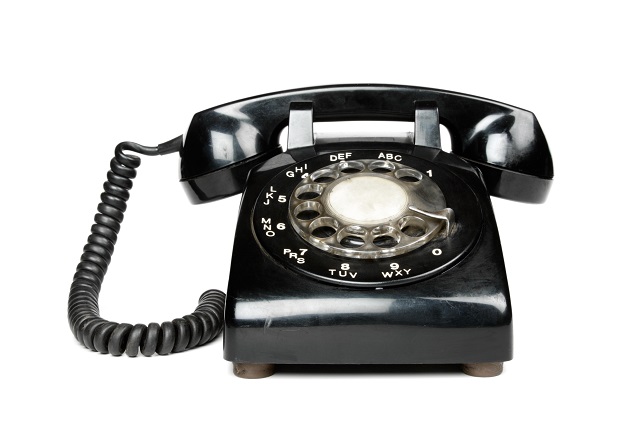
Industrial designer Henry Dreyfuss’ iconic telephone accounted for the user’s physical comfort and ease of use. Credit: Gary Sludden / Getty Images
This article was originally published on June 19, 2020.
From our smartphones to our bicycles, the user experience provided by manufactured products has an enormous impact on our lives. Down to the smallest details, designers often puzzle over how to best align a product with the demands of the customer. But that wasn’t always the approach, says Cliff Kuang, author of User Friendly: How the Hidden Rules of Design Are Changing the Way We Live, Work, and Play. Kuang explains how this revolution in design took hold and dramatically changed our patterns of consumption and use.
Main Takeaways:
- According to Kuang, mistakes made by pilots under stress during World War II inspired a revolution in how we think about design and the consumer. Psychological findings challenged the prevailing view that operational failures were the result of individual incompetence. What if the problem, instead, was the design of the planes?
- Kuang says Henry Dreyfuss, who pioneered the ergonomically-designed classic Model 500 telephone, was obsessed with the user. In the 1920s. Dreyfuss replaced plush carpeting in a theater in Sioux City, Iowa with rubber matting in an early example of design finding success by catering to consumers. It turned out that farmers and workers were concerned about ruining the fancy carpet with their muddy shoes - and were therefore hesitant to enter the theater.
- Kuang says that our current approach to consumption (for example, buying the newest iPhone every two years and throwing out the old one) emerged during the mid-twentieth century. According to Kuang, in order to support that model, companies designed new versions of products that were improved just enough to justify another purchase. He hopes that we will move towards more sustainable design (think software — we pay for a service to provide us with a certain product, and we expect that product to be continuously improved and upgraded without purchasing an entirely new item each time).
- The emotional valence we assign to products comes from our interactions with fine-grained details in our user experience, says Kuang. He’s found that slight discrepancies or discomforts in how a product responds to us — for example, small lags when using an app — can dramatically influence our perception of its usefulness. But as products become increasingly tailored and easy-to-use, they can also become addictive; Kuang warns against monetary enticements and optimizations that may be detrimental to our mental health and productivity in the long run.
More Reading:
- The Three Mile Island accident in 1979, involving the partial meltdown of a nuclear reactor in Dauphin County, Pennsylvania, is in large part attributed to a lack of awareness of its human user in the design of its engineering.
- During COVID-19, amateur and professional designers alike have found innovative ways to customize masks, face-coverings and other personal protective equipment.
- Read more about how the experiences of pilots in WWII set off a chain of events that revolutionized design and led to the products we enjoy today, in in this article by Kuang.
Want to know more about one of the best-designed items in Cliff Kuang’s life? Take a listen:

